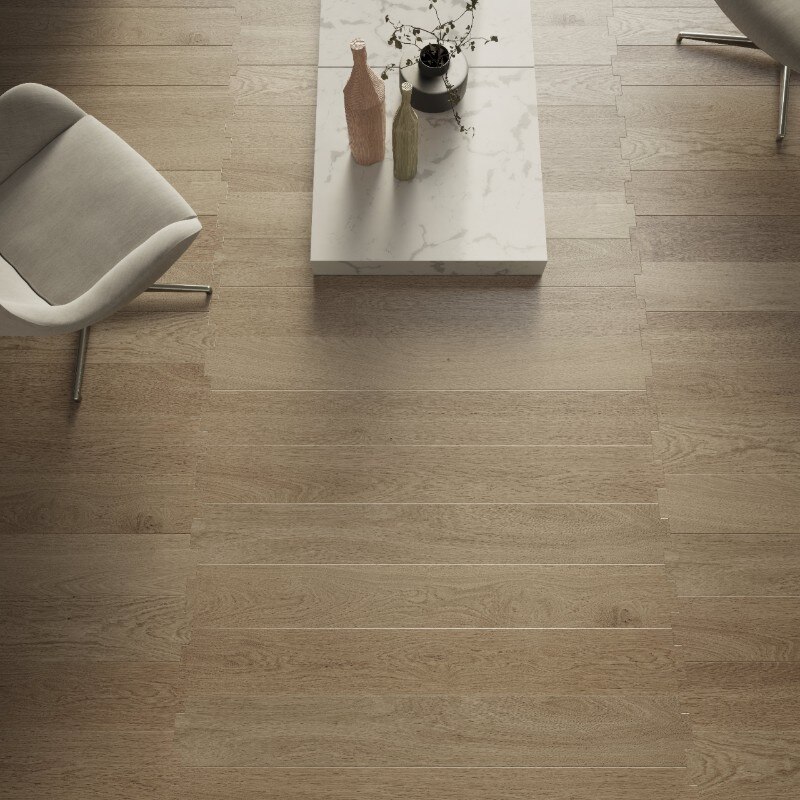I never trained as a designer or an architect. I went to the school of art applied to industry in Lugano where I took special interest in textiles. Later, in the 1970s and 1980s, I focused on art photography; I made installations with photographs that I printed on cloth or paper and then painted.
My love for manual production led me to create objects; I could draw and paint and I had good craft skills… it was destiny that I should slowly slip into objects. The interior design for Le Palace in Paris – done with the person who has been my work partner for 20 years – was a milestone and prompted me to think of creating small sets of furniture detached from the traditional production logic.
People were not very open to alternative ways of designing and producing furniture in that period. Big companies such as Cassina in Italy and Roche Bobois in France mainly called on architects of the past such as Le Corbusier. Only at a later stage was this approach breached by artists such as Diego Giacometti, Alberto's brother, an interesting example. It was after this trend that I started to work in design, learning the trade by direct experience.
You found the boundaries of design as they stood then and the respect for industrial production dictates somewhat constricting.
I have worked with large industry several times and gained some satisfaction. I like it when industry manages large mass productions for huge user numbers and then, by contrast, I like projects executed more experimentally. It is the middle ground that does not interest me; I am not at ease there.
Your work focuses on the importance of the manual contribution, handicraft skills.
Behind all my pieces there is a very 'physical' work on a model in foam or terracotta – the only one capable of faithfully interpreting the plasticity of the object – which becomes the model-guide for the pieces produced by a network of 15 craftsmen that I have selected over the years. I could not suddenly become a cabinet-maker or work with plastic and bronze on my own; that is why I form a very close relationship with these 'masters', a relationship that imitates that between craftsman and designer in the 1960s, and earlier. I follow the prototype production step by step.
Objects that fall midway between design and art have been at the centre of a huge boom for the past couple of years, at least. What are the reasons behind this success?
There are many reasons behind this phenomenon. Partly, I believe these objects fill a market segment that lies halfway between mass products and great works of art. They also express the desire to move away from the ordinary everyday object towards the unique object that best expresses your own personality.
It is not only design that is moving towards art, there is a merging in both directions. Many artists today use designer's production methods to make their works, achieving a similar sculptural and aesthetic result. Many artists are also called on to create installations for design events that lead to the production of real objects and structures and vice versa designers who work on installations for art events.
What objects do we need today?
Useless objects. Today's spaces and houses have wardrobes, technology, bathrooms and sometimes even beds that are built-in, concealed. That is why we feel the urge to surround ourselves with pieces of art – old or modern –, objects that stand out by contrast against a plain background.
Your objects possess these characteristics, but are also useful.
True. Indeed, I am happy when my objects are used, even if they are spoilt because they come alive, they emerge from pure functionalism and fill lives. I am also very pleased when they are mixed with different objects, when they are incorporated into the lifestyle of those who own them.
What country shows the greatest interest in your work? France?
I work with two galleries in Paris, where I live, but it is in London that my work attracts the most interest because that city is a hugely active international melting pot. And the United States, where I have recently started working with the Paul Kasmin Gallery. In Italy, this at the Cardi Black Box in Milan is the first complete exhibition showing my pieces. I like to work with particular design galleries or with art galleries, which are visited by people very open to anything experimental and attentive in their search for objects that match their sensitivity and taste.
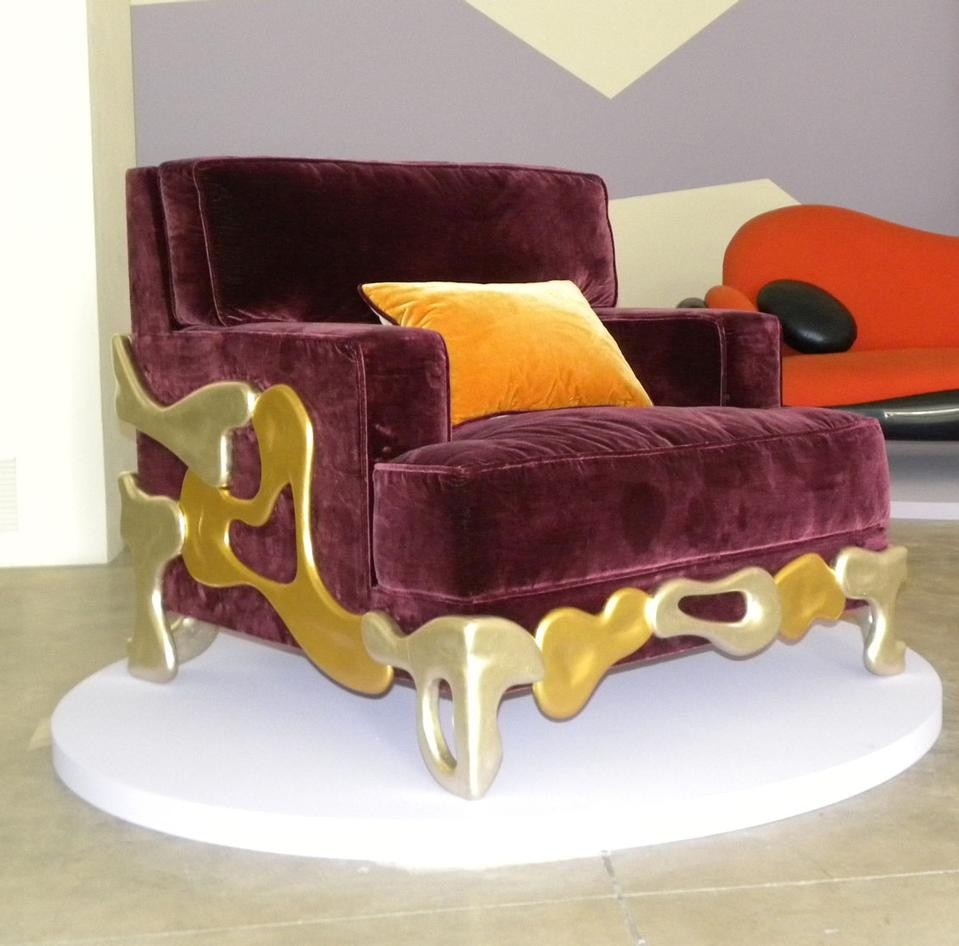
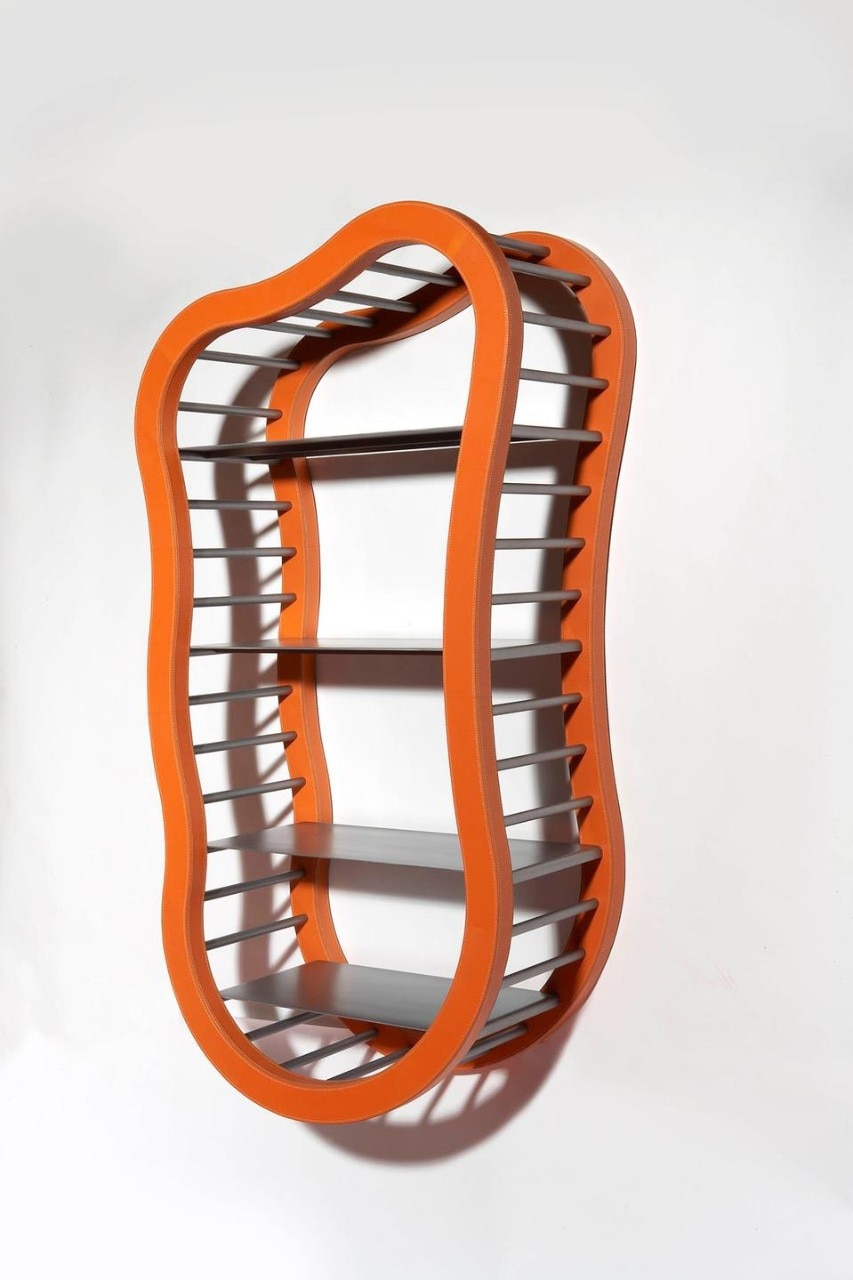
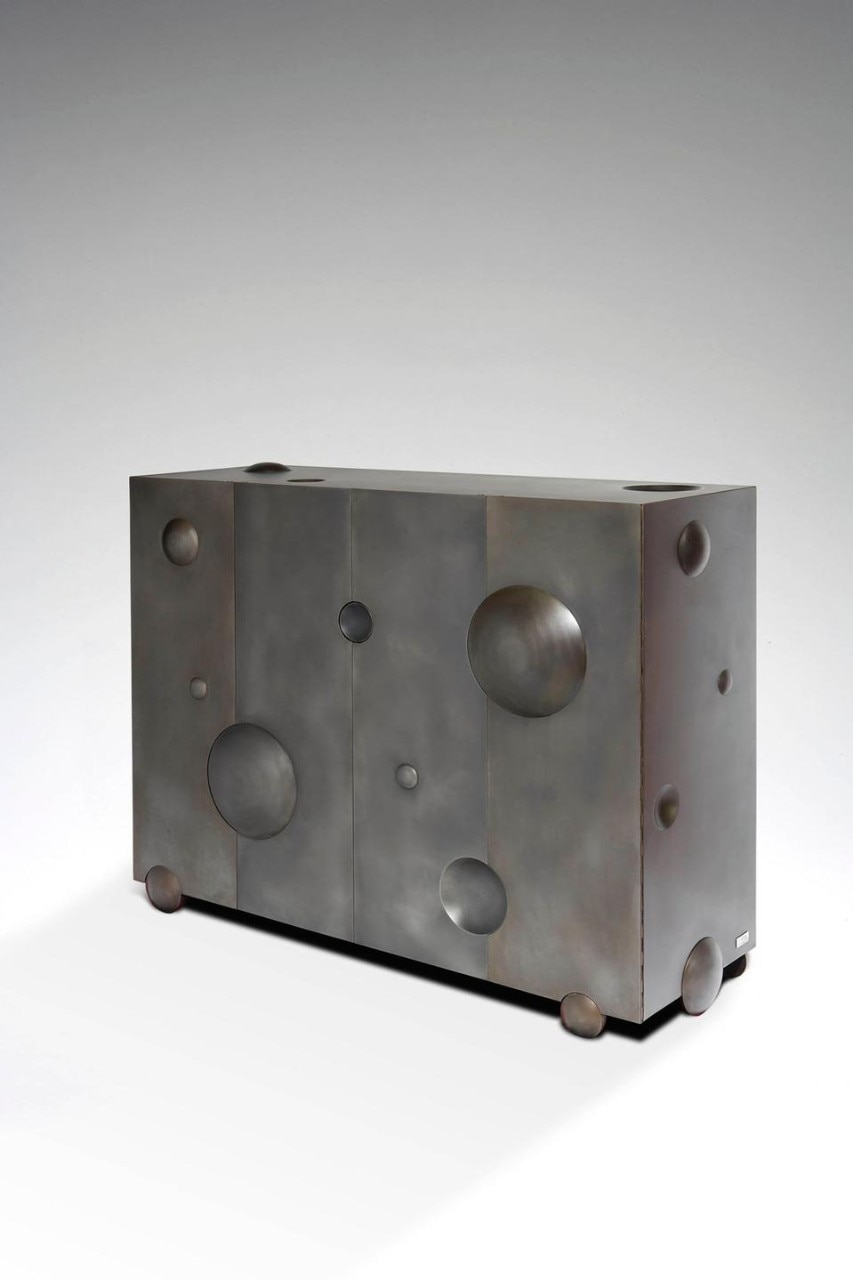
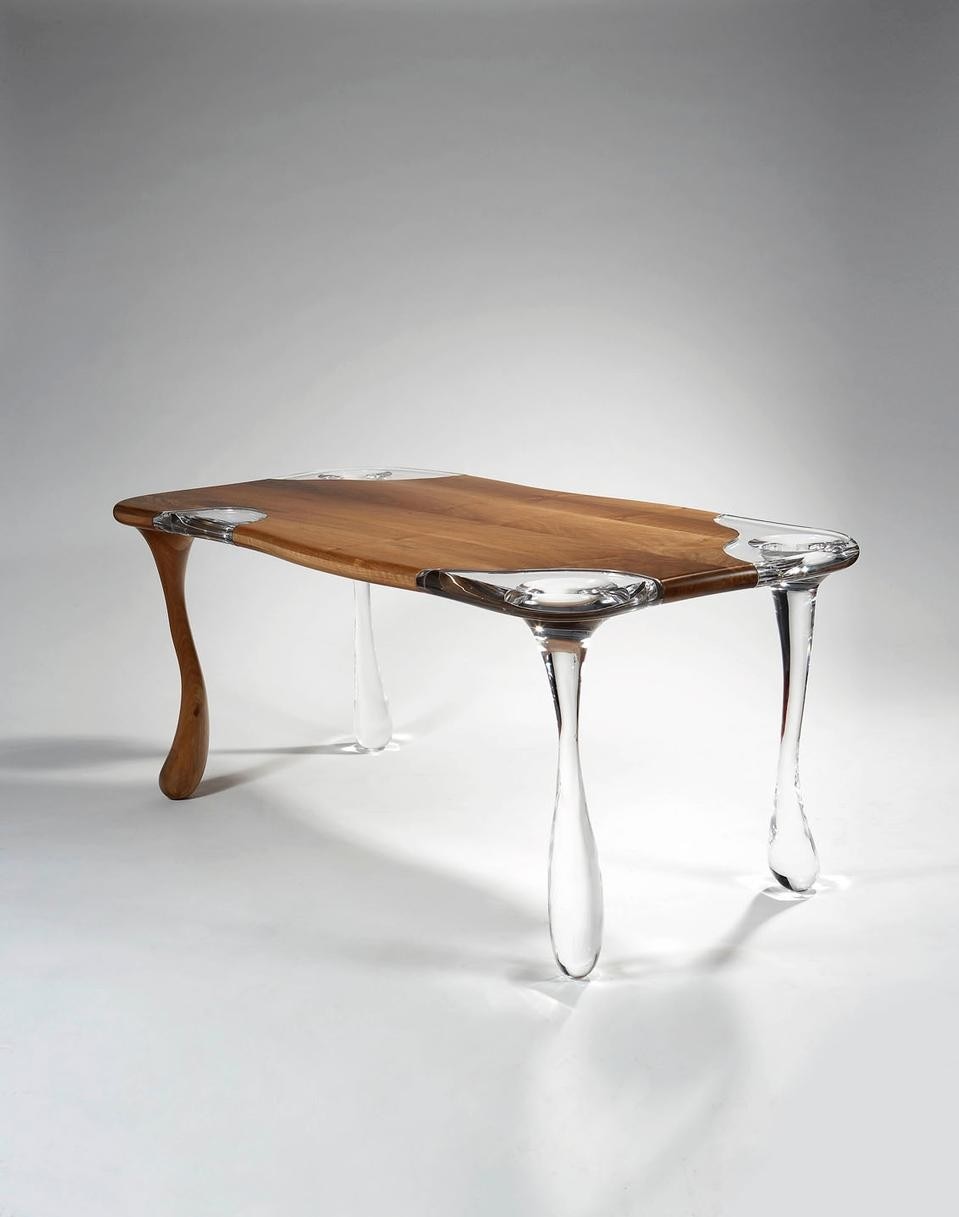
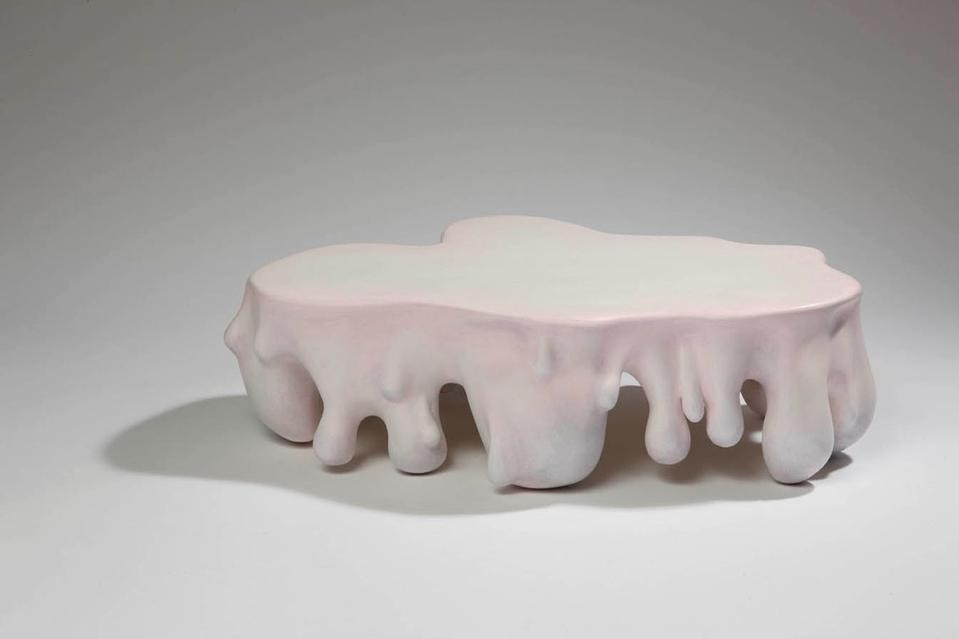
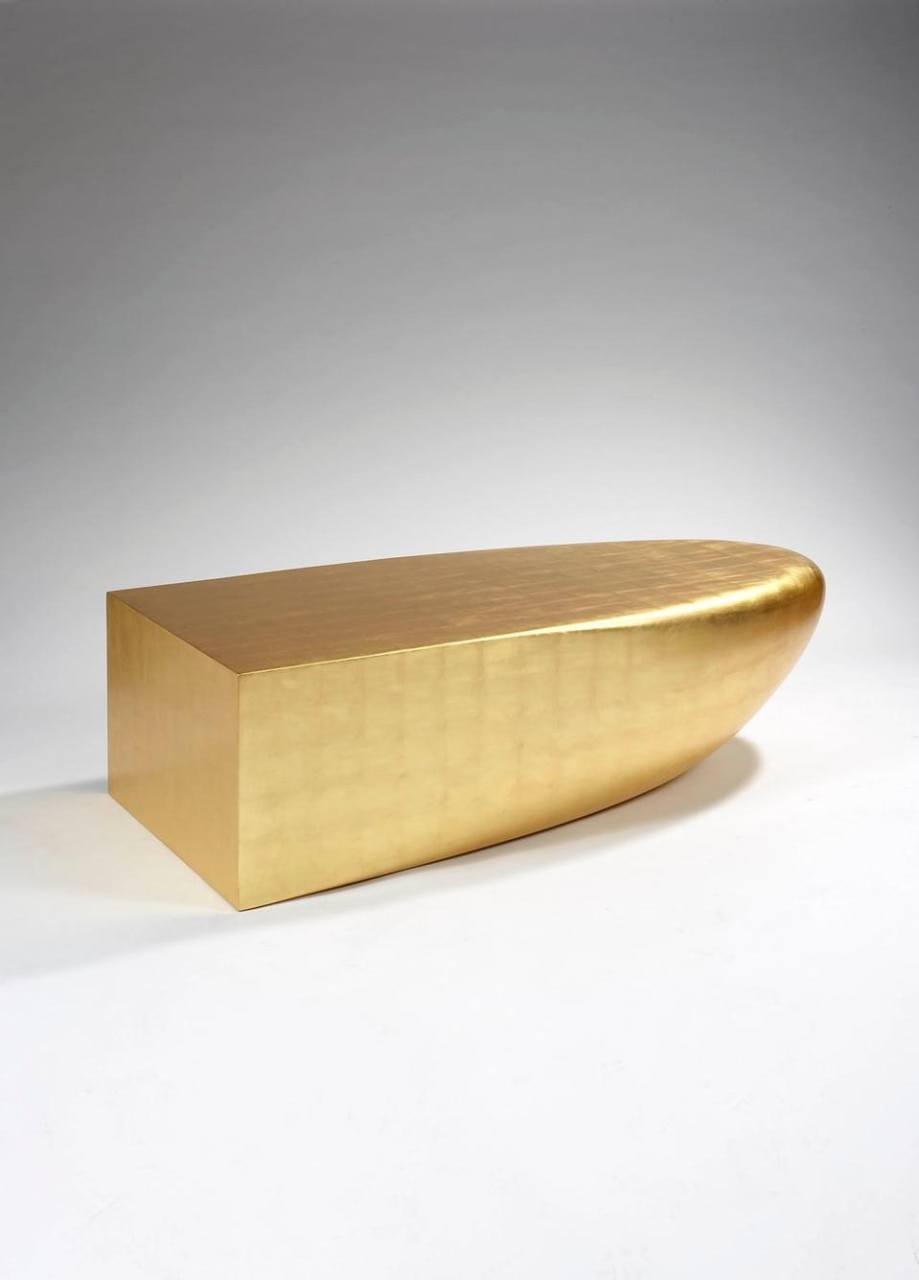
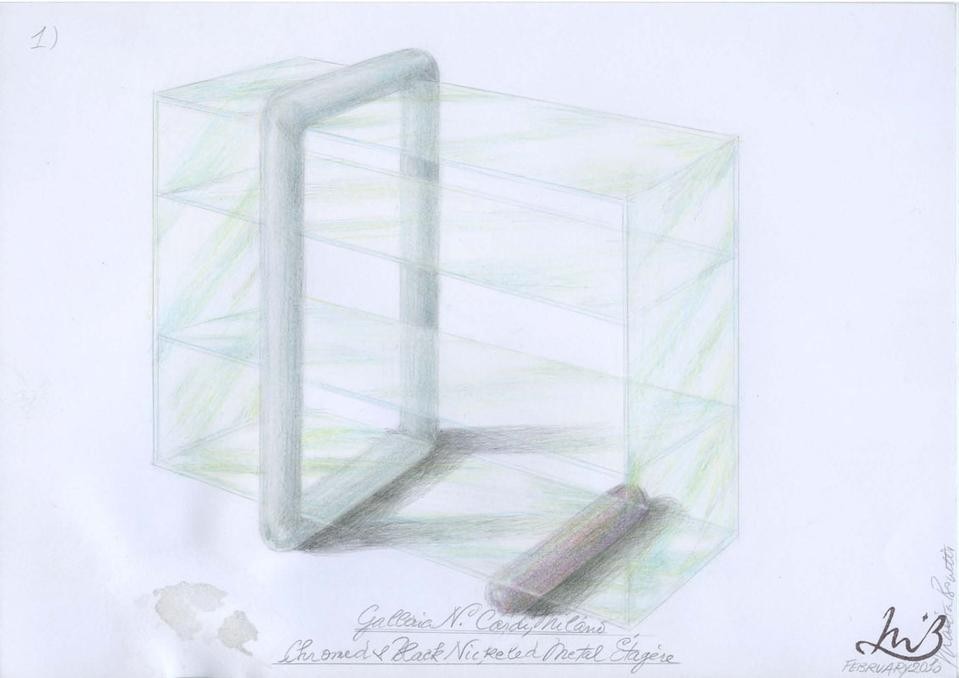
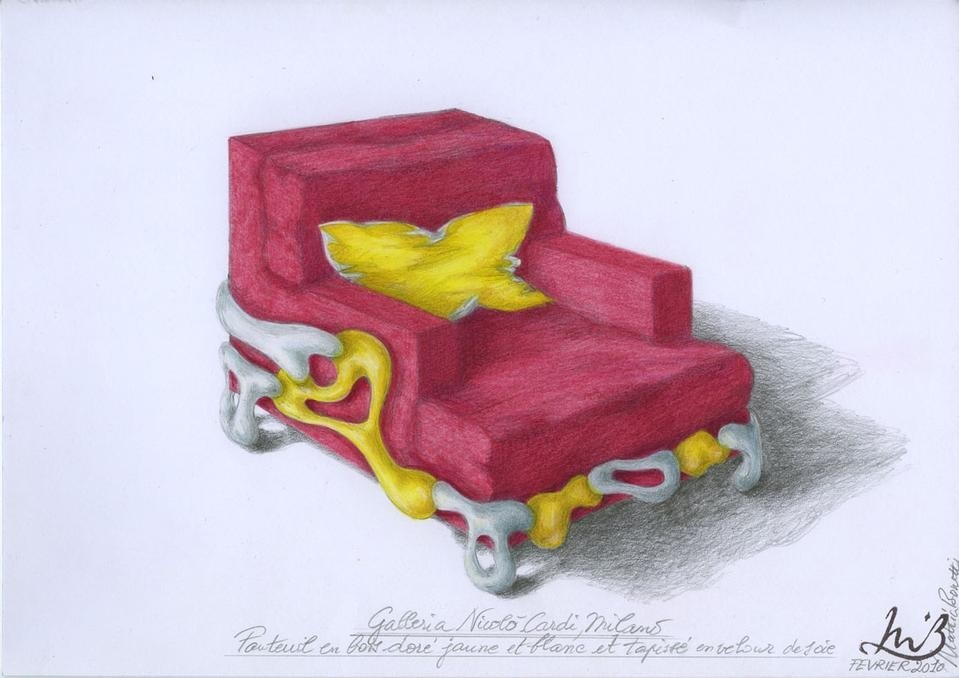
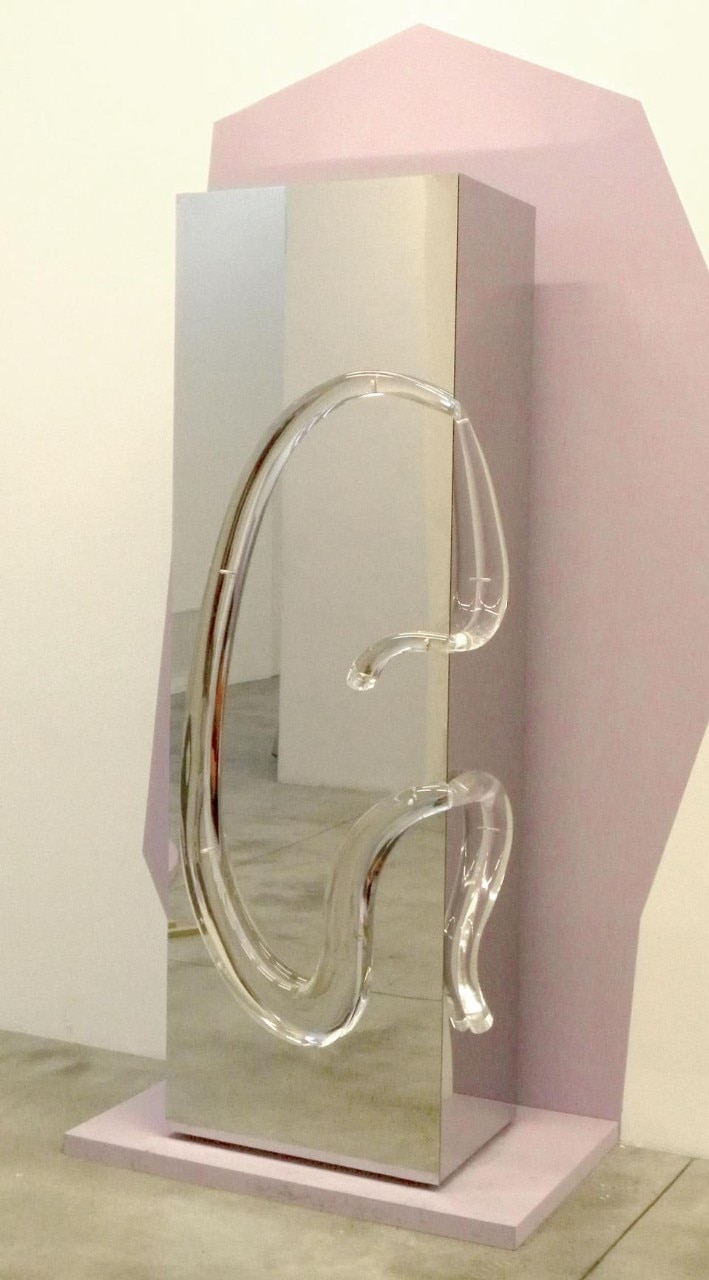
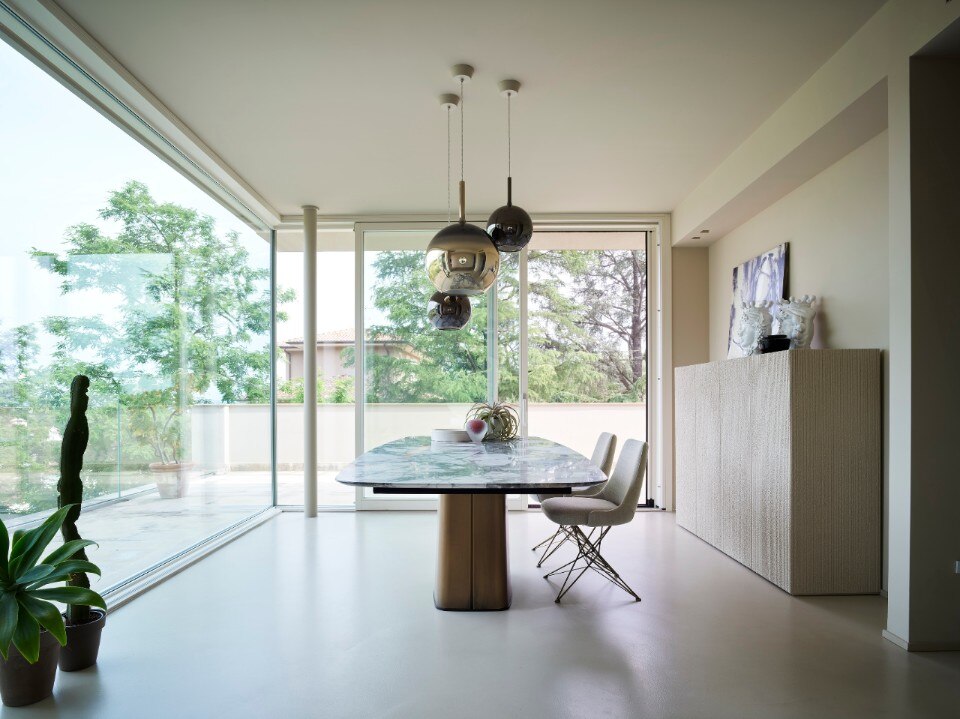
What if the edge could connect?
FLAT is the flush window born from a deep dedication to design; it speaks the language of architects, integrating seamlessly into diverse contexts.



